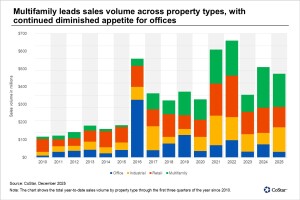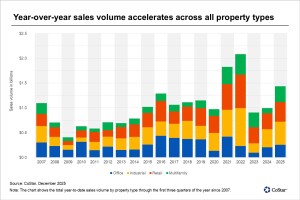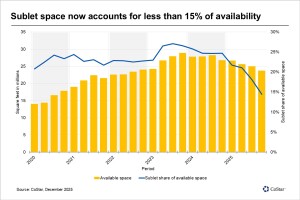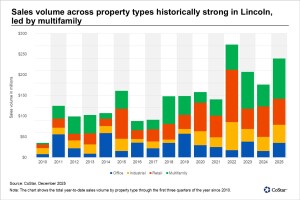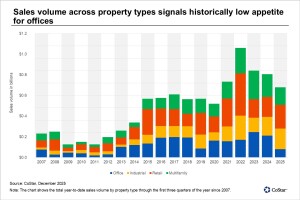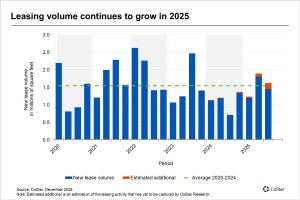January 2, 2026
What to watch in 2026: Hotel owners will be laser-focused on operating margins
The U.S. hotel industry is facing another year of limited options for increasing the average daily rate, or ADR, with the current forecast calling for an average gain of just 1%, well below the expected level of cost increases for many expense line items.





